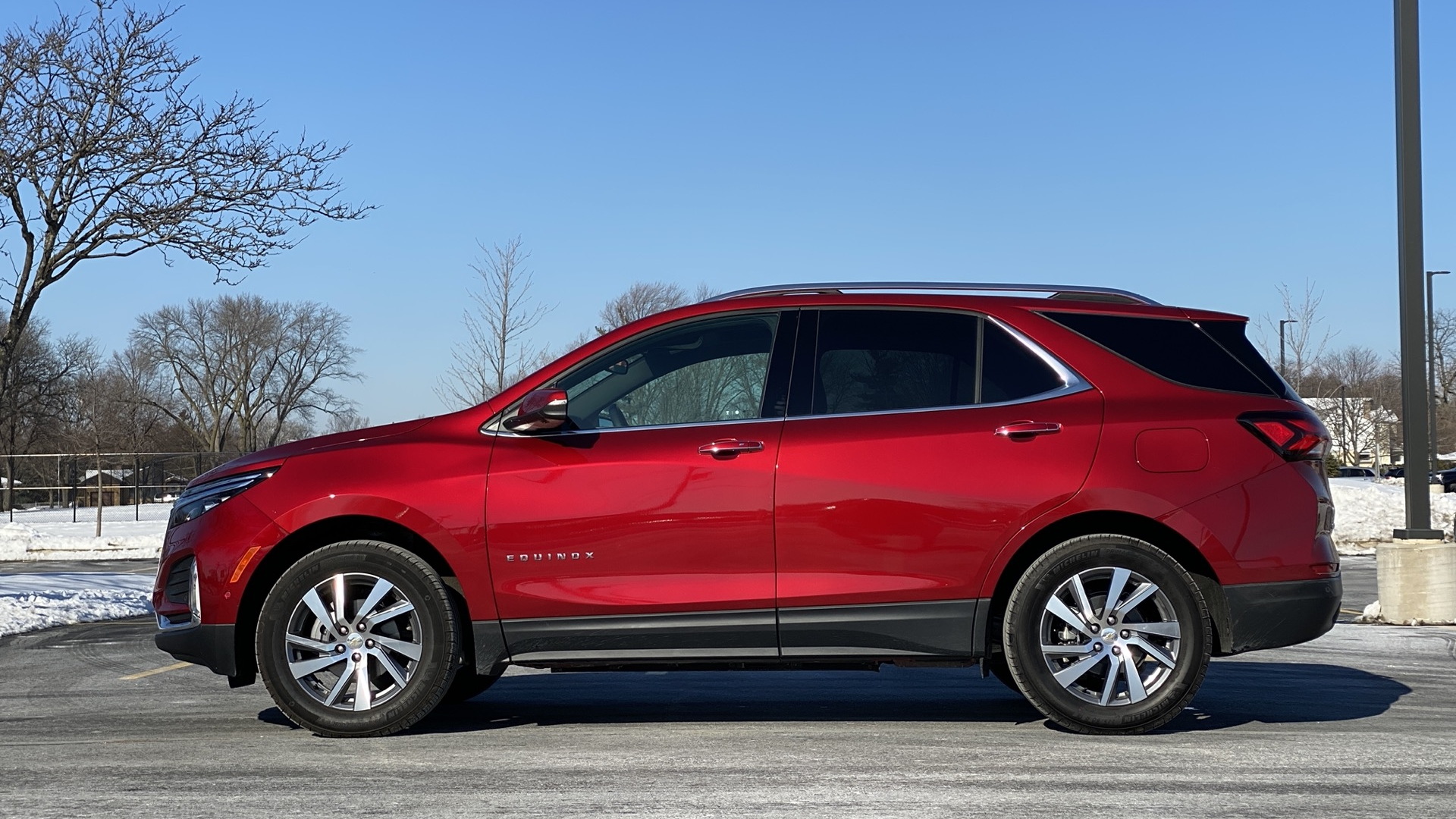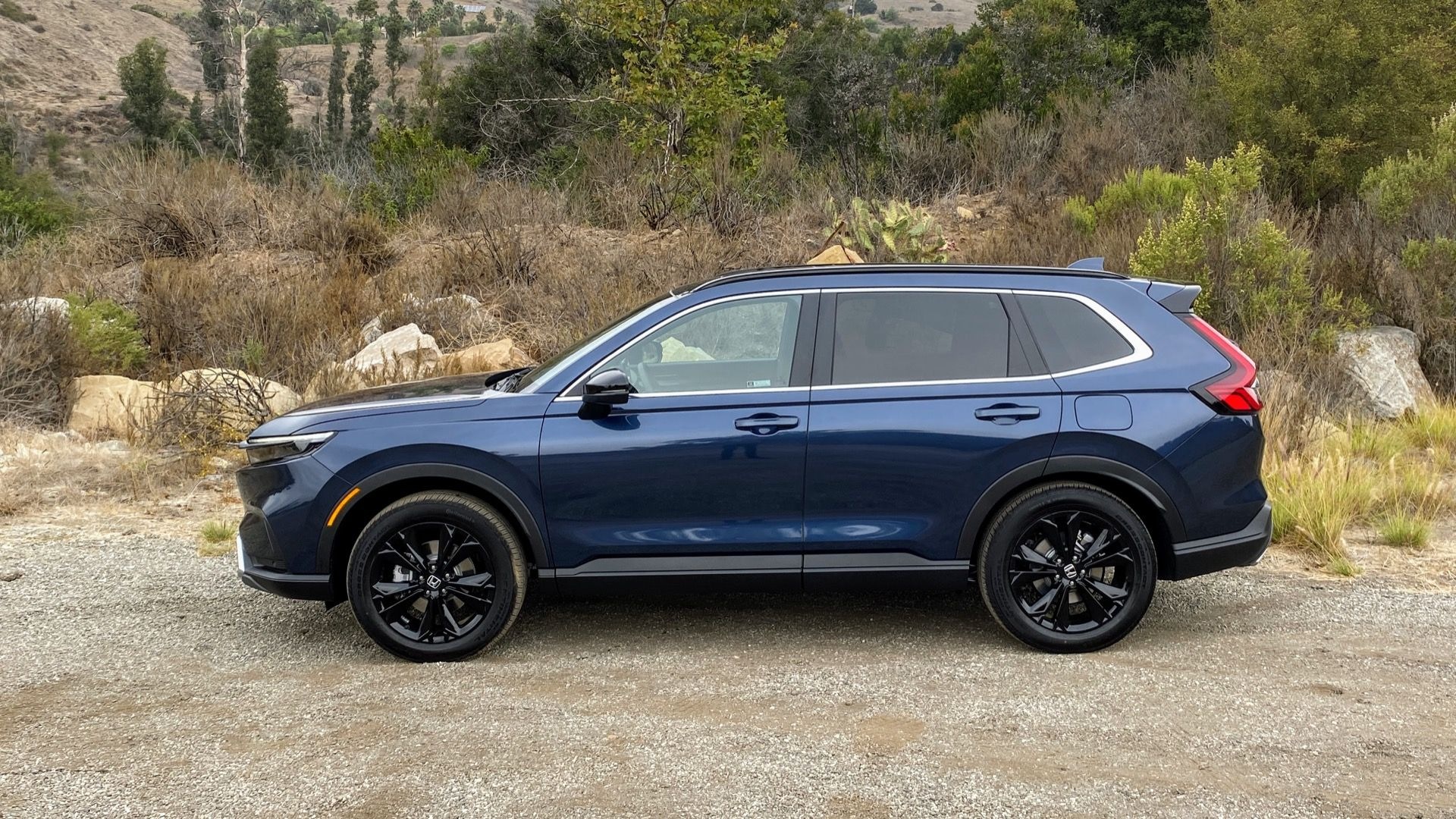Many of the building blocks for self-driving cars already exist, and technology like adaptive cruise control and lane departure correction is finding its way into even moderately priced cars. Still, advances in GPS systems, mapping technology and vehicle to vehicle communications will be essential to progress the current technology to the autonomous driving stage.
It’s also likely that the technology for self-driving cars will exist long before the cars themselves, thanks to concerns over both safety and liability issues. The technology developed to create self-driving cars will likely be implemented on conventional passenger cars first, making them more crash-resistant than cars of today.
GM has already implemented a camera-based crash-avoidance system on the 2012 GMC Terrain, which advises drivers of both lane departures and pending frontal collisions. In the future, vehicle-to-vehicle communications could supplement such systems, alerting your car to slowing traffic or icy pavement ahead.
Ultimately, the goal is to dramatically reduce or even eliminate injuries and fatalities behind the wheel, and GM wants to position itself as a leader in the field of automotive safety systems. Even if we don’t see self driving cars in the next ten years, the technology behind the idea will yield safer cars and safer roads.


